We have interviewed Roxanne Mungai, Deputy Fundraising & Communications Manager for Ol Pejeta Conservancy to let us know the work they do from their entity as they have the last two northern white rinhos from the planet.
What is Ol Pejeta?
Ol Pejeta is the largest black rhino sanctuary in East and Central Africa, and home to the last two remaining northern white rhinos on the planet. It is also the only place in Kenya to see chimpanzees, in a Sanctuary established to rehabilitate animals rescued from the black market. It has some of the highest predator densities in Kenya, and manages a very successful livestock program.
Ol Pejeta also supports the people living around its borders, to ensure wildlife conservation translates to better education, healthcare, and infrastructure for the next generation of wildlife guardians.
What does it mean Ol Pejeta? Why did you choose this name?
Ol Pejeta means “Place of burning”. Hundreds of years ago, the pastoralist communities named it that because they use the area to kill ticks by burning the grass.
When did you start the sanctuary?
Ol Pejeta has a long and rich history.
By the late 1960’s, poaching in Kenya by colonial hunters had taken a serious toll on wildlife populations. Elephant and rhino numbers were plummeting, and although elephant hunting was declared illegal in Kenya in 1973, numbers continued to decline. This concerned one of Ol Pejeta’s previous owners, Lonrho Africa, who established the Sweetwaters Game Reserve in 1988 as a sanctuary for black rhino and other wildlife. Over time, the Game Reserve expanded to cover 90,000 acres – now Ol Pejeta.
In 2003 Ol Pejeta was purchased by Fauna and Flora International, together with a generous benefactor. The day to day operations are undertaken by Ol Pejeta Ranching Ltd, a commercial business that uses agriculture and tourism to create surpluses wholly for reinvestment in conservation and community development.
What is your mission?
Ol Pejeta Conservancy works to conserve wildlife, provide a sanctuary for great apes, and to generate income through wildlife tourism and complementary enterprise for reinvestment in conservation and communities.
How is your sanctuary different from the others?
Ol Pejeta is home to the last two northern white rhinos on the planet and the only place to see chimpanzees in Kenya in a sanctuary established to give a safe and natural home for chimpanzees rescued from the black market
How do your rhinos live in the sanctuary?
We are home to much more than just rhinos, although we do have the northern white rhinos, we’ve also been working extremely hard to conserve the eastern black rhino and southern white rhino. We also have many other species in the conservancy, such as zebra, giraffes, elephants, steenbok, warthogs and many more animals that can roam freely in 90,000 acres of space with other wildlife like the BIG 5.
How do you protect them from poachers?
We have several methods. There is an electric perimeter fence around the conservancy, over 100 rangers patrol the conservancy by foot every day ensuring that each rhino is accounted for and the conservancy has a dedicated anti-poaching unit comprised of armed rangers and canines.
I have heard that Ol Pejeta has the last two northern white rhinos, how do you feel about it?
It is an extremely big honor to be able to take care of Najin and Fatu, the last two northern white rhinos. It is however also a lot of pressure for us to make sure that they stay safe and that we take the best care of them. Our aim is for them to live a happy, safe and free life here.
Why is it so important to preserve these last two rhinos?
They are the last of their kind. The northern white rhinos are functionally extinct because all the males have died. Najin and Fatu are the only members who can help us prevent the species from dying forever because, thanks to them, we can conduct in-vitro fertilization and hopefully create more of them.
How are you going to do that?
With neither Najin nor Fatu, the two northern white rhino females, able to carry a pregnancy, the future of the northern white rhino now rests solely on pioneering artificial reproduction techniques.
The procedure was the result of years of research, development, adjustments and practice. Both the technique and the equipment had to be developed entirely from scratch. The procedure is conducted with a probe, guided by ultrasound, which harvests immature egg cells (oocytes) from the ovaries of the rhinos who are placed under general anaesthetic. So far, we have created fourteen northern white rhino embryos which we plan to introduce into southern white rhino surrogates, and hopefully develop into a northern white rhino calf
What would you say about facing extinction face to face?
It reminds us that extinction is real and that if we do not take action today for other species facing similar futures, they will all disappear from the planet
How can people protect this wildlife from home?
There are many ways to help: In first place, people can donate to help the conservancy take care of the rhinos through this link. These people can also visit the conservancy and learn more work on social media and ask your, friends and family, to do the same to help create awareness of the plight of endangered species about them by contacting us. In third place, the ones who are interested, can follow our work on our social media.
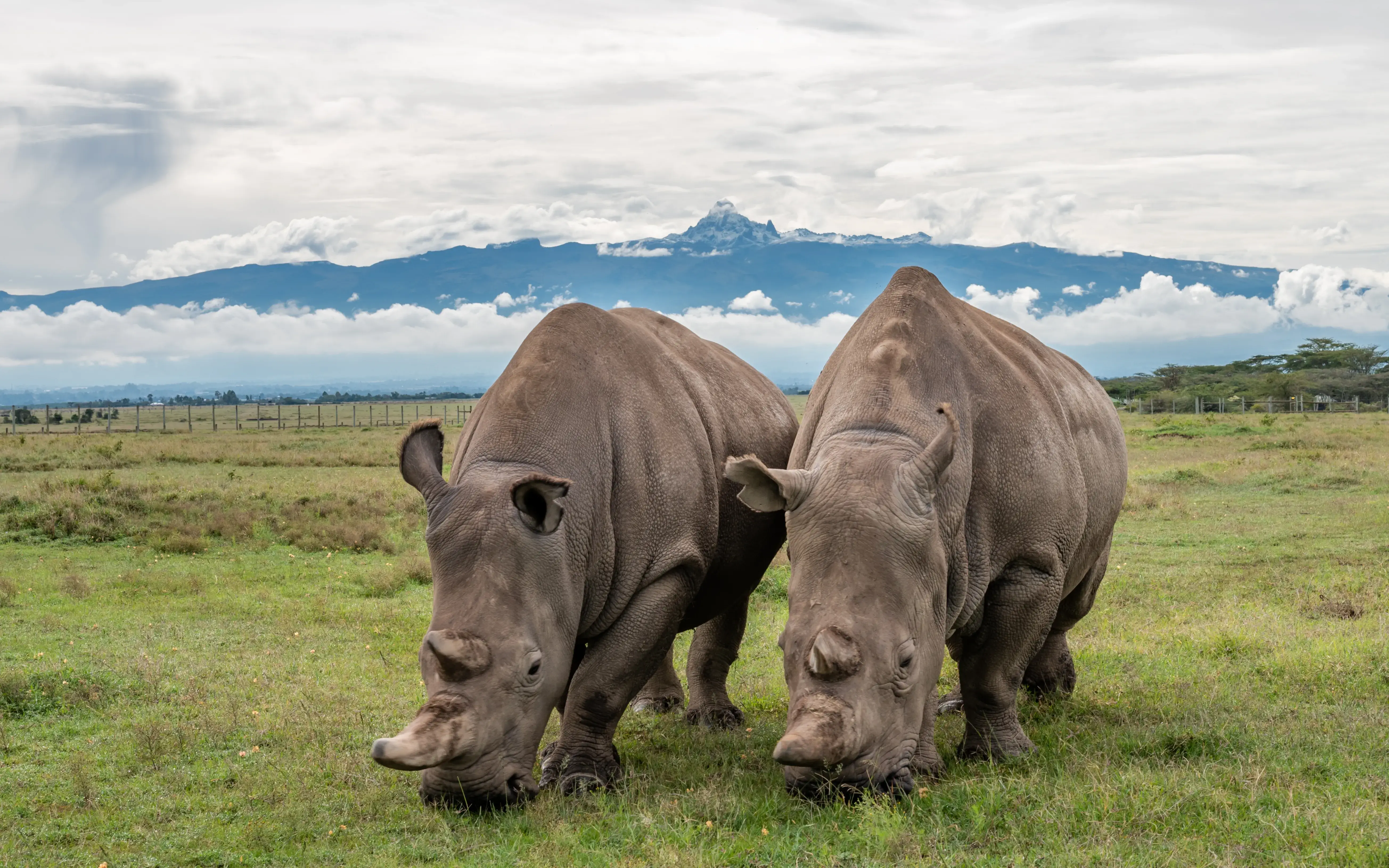
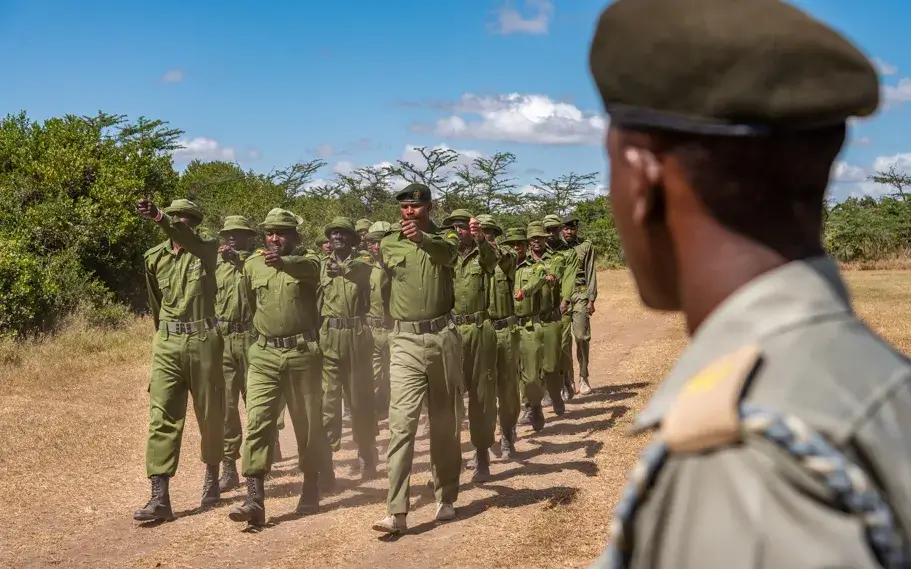


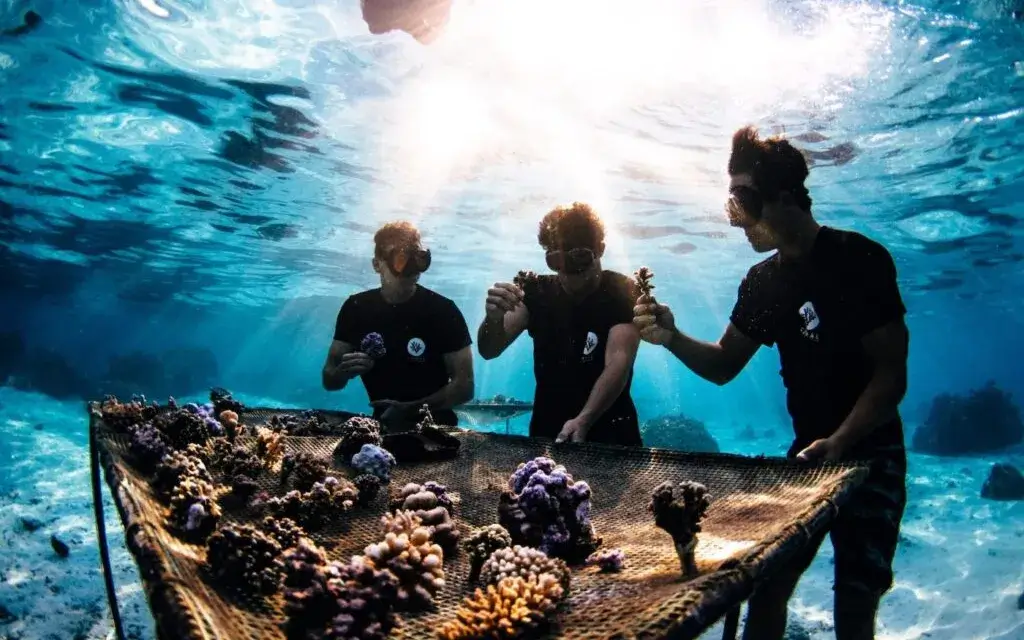
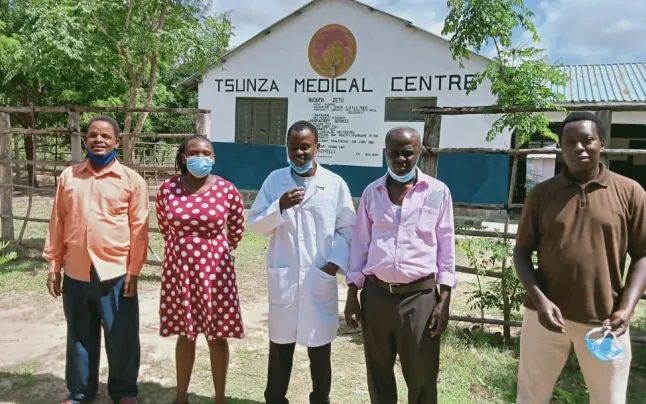
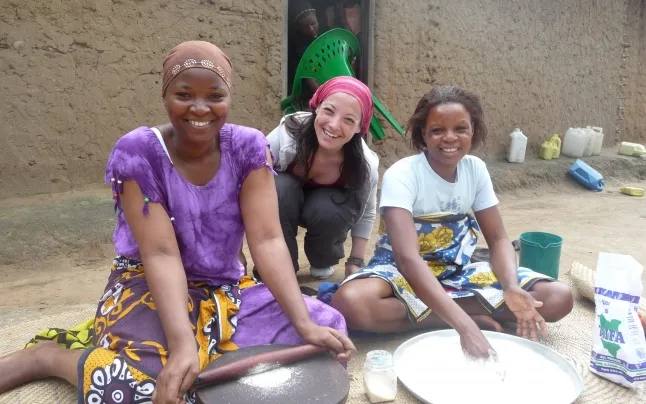
Add new comment